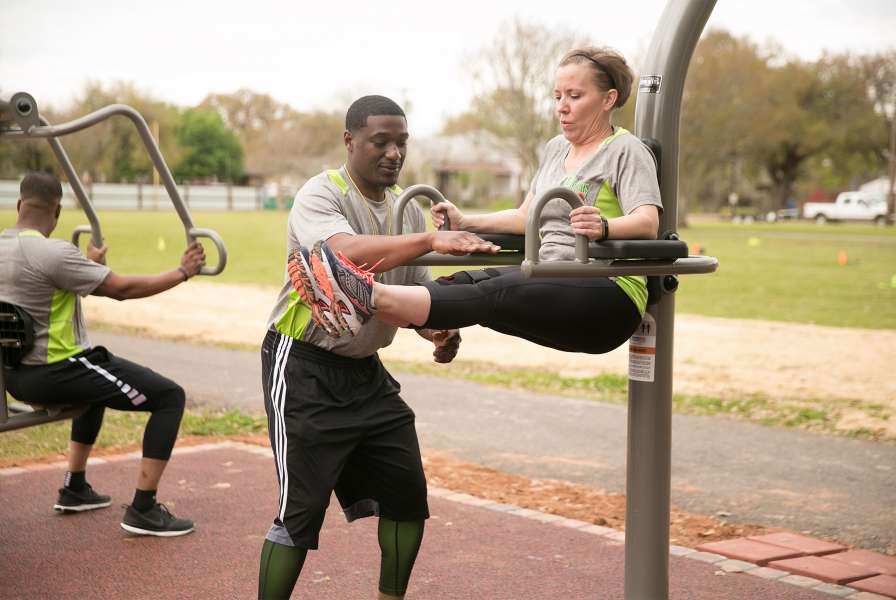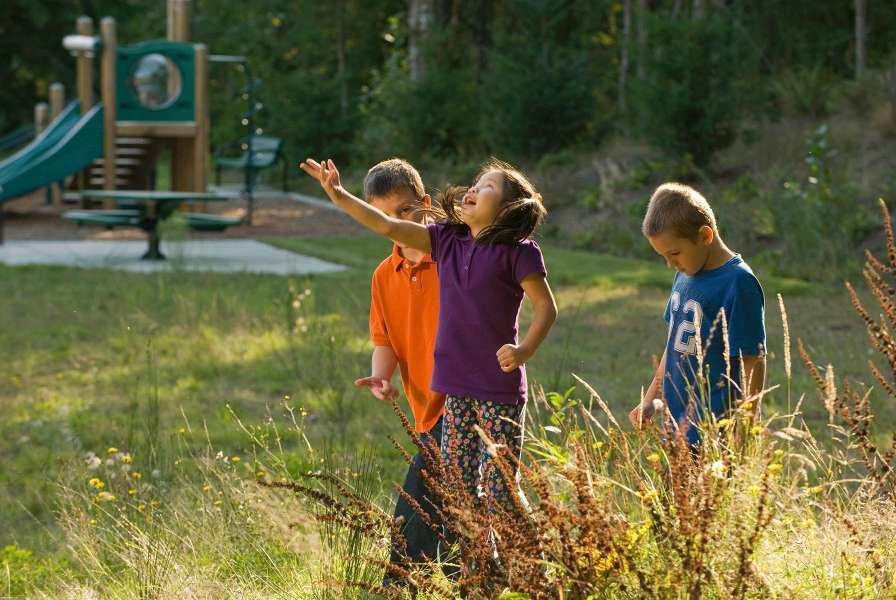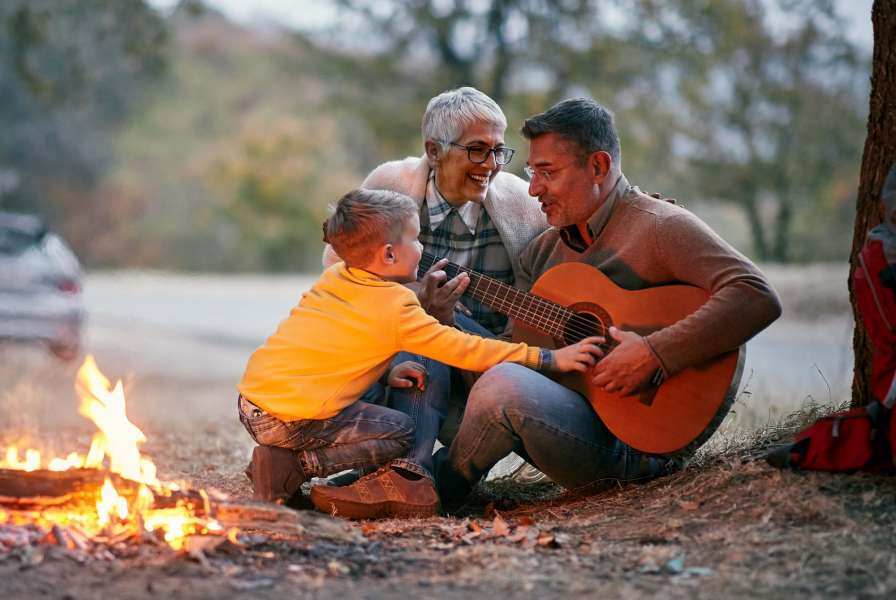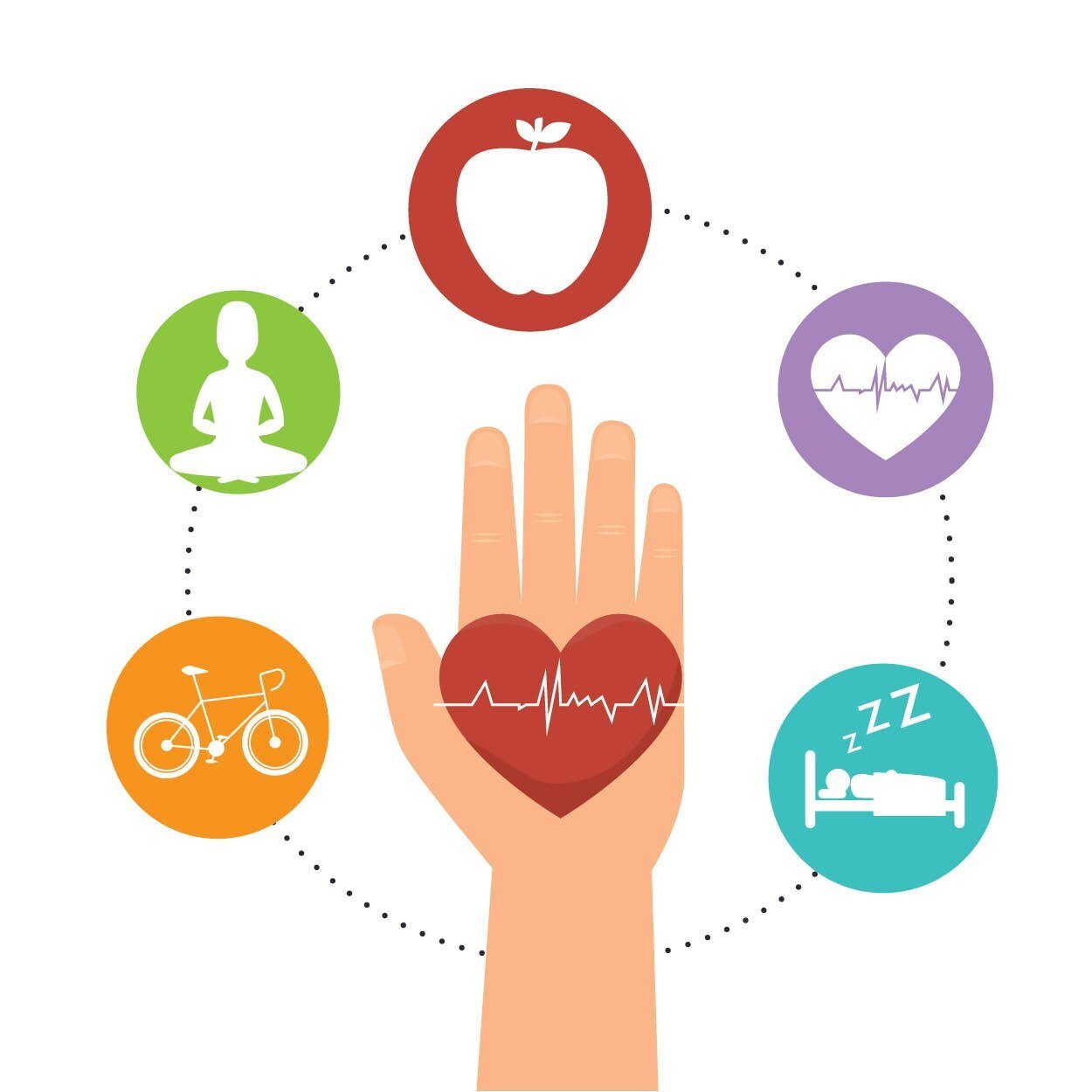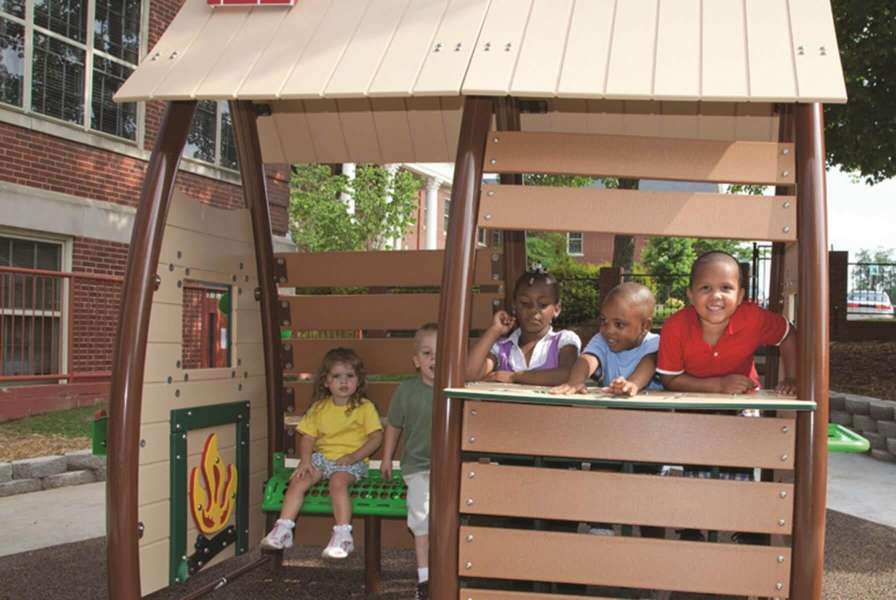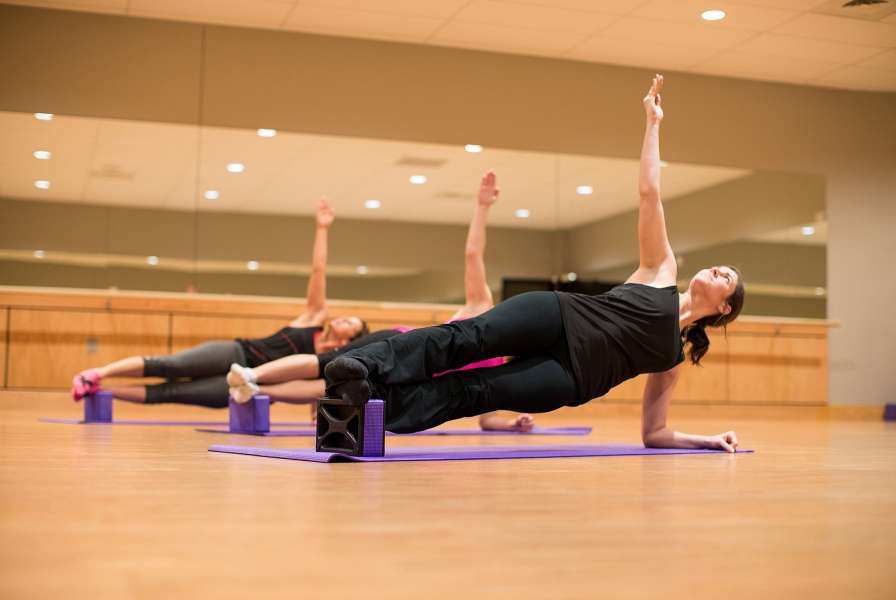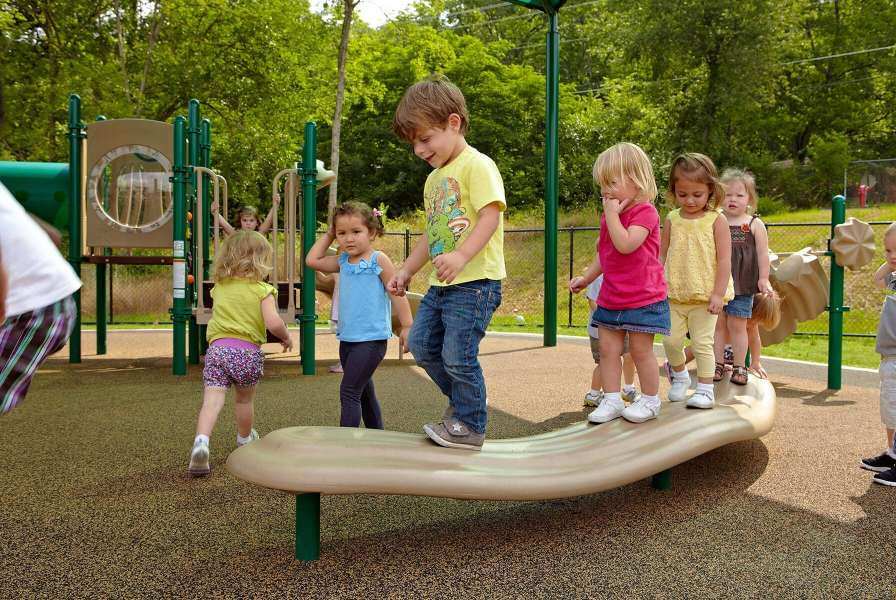It is widely accepted that being outdoors often is good for people. Several studies have shown additional benefits to outdoor vs. indoor exercise, including improved mental well-being and physiological health, along with emerging evidence of benefits at the physiological, psychological, and social levels, which suggests that outdoor exercise is important for disease prevention. In addition, evidence shows that people who partake in outdoor exercise may improve adherence rates to regular exercise, thereby driving positive health behavior change.
Compared with exercising indoors, exercising in natural environments has been associated with greater feelings of revitalization and positive engagement decreases in tension, confusion, anger, depression, and increased energy. Studies indicate people who exercise outdoors enjoy their activity more and derive a greater level of satisfaction; this is important given that activity levels are so strongly influenced by the levels of enjoyment. Outdoor exercisers typically report greater enjoyment and satisfaction with outdoor activity and a greater intent to repeat the activity at a later date.
Indoor and outdoor exercise has been compared through walking, and although both increase affective responses (feelings and arousal like revitalization, physical exhaustion, and engagement) outdoor walkers report greater pleasant affective states, enjoyment, and intention for future participation. Affective responses were consistently related to enjoyment in the outdoor environment. It is interesting to note that even though the self-selected walking speed was slightly higher outdoors, perception of effort was consistently lower, meaning people enjoyed the outdoor exercise more.
Outdoor exercise environments may also help seniors be more active. In a 2012 study, participants over the age of 66 were exposed to exercise in outdoor and indoor environments. Specifically, the researchers asked the men and women about their exercise habits and then fitted them all with tools that measured their activity levels for a week. The results showed that those who exercised outside, usually by walking, were significantly more physically active than those who exercised indoors, completing, on average, about 30 minutes more exercise each week than those who walked or otherwise exercised indoors.
Research by Dr. Frances Kuo has shown that people with greater access to green environments exhibit better well-being and functioning scores in three trademark health domains: social. psychological, and physical. The research also states that access to green environments can help enhance recovery from surgery, improve immune function, promote healthy blood glucose levels, improve functional health and independent living skills among older adults, and enable higher levels of physical activity for all. With the direct correlation to so many obesity-related health issues, it is reasonable to surmise that providing Outdoor Adult Fitness Parks within walking distance of neighborhoods can have a dramatic effect when utilized by the people who live in the community. Interestingly, Kuo's research also showed that environments with less green space are associated with greater rates of childhood obesity; higher rates of 15 out of 24 categories of physician-diagnosed diseases, and higher rates of mortality in younger and older adults. Natural light and fresh air provide a great alternative to the artificial glare and stale air found in some indoor fitness environments. People who exercise in nature may breathe more deeply, which benefits the whole body and helps make the workout more effective through increased oxygen uptake. Outdoor Adult Fitness Parks provide a unique set of exercise benefits and are in an important link to exercise, nature, and health.
"Having an Outdoor Adult Fitness Park is important because you get more than you do in a gym-it's a great way to get Vitamin D, boost serotonin, and improve overall mood and well-being." Tonya Martin, Certified Personal Trainer
